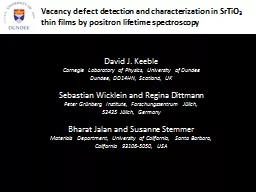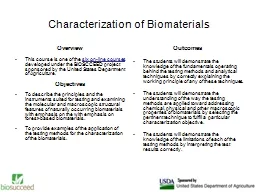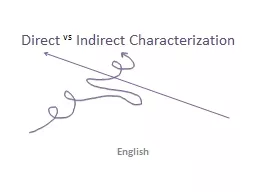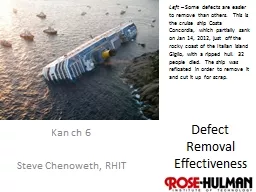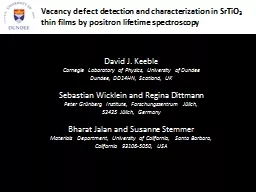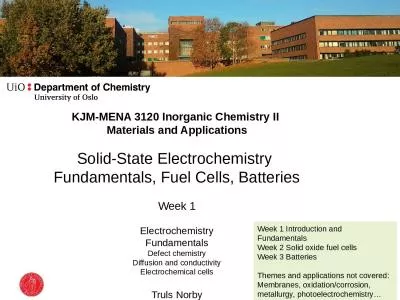PPT-Vacancy defect detection and characterization in SrTiO
Author : phoebe-click | Published Date : 2016-09-08
3 thin films by positron lifetime spectroscopy David J Keeble Carnegie Laboratory of Physics University of Dundee Dundee DD14HN Scotland UK Sebastian Wicklein
Presentation Embed Code
Download Presentation
Download Presentation The PPT/PDF document "Vacancy defect detection and characteriz..." is the property of its rightful owner. Permission is granted to download and print the materials on this website for personal, non-commercial use only, and to display it on your personal computer provided you do not modify the materials and that you retain all copyright notices contained in the materials. By downloading content from our website, you accept the terms of this agreement.
Vacancy defect detection and characterization in SrTiO: Transcript
Download Rules Of Document
"Vacancy defect detection and characterization in SrTiO"The content belongs to its owner. You may download and print it for personal use, without modification, and keep all copyright notices. By downloading, you agree to these terms.
Related Documents

